Recovery after Laparoscopic Amir’s Dubai Repair (LADR). What to expect?
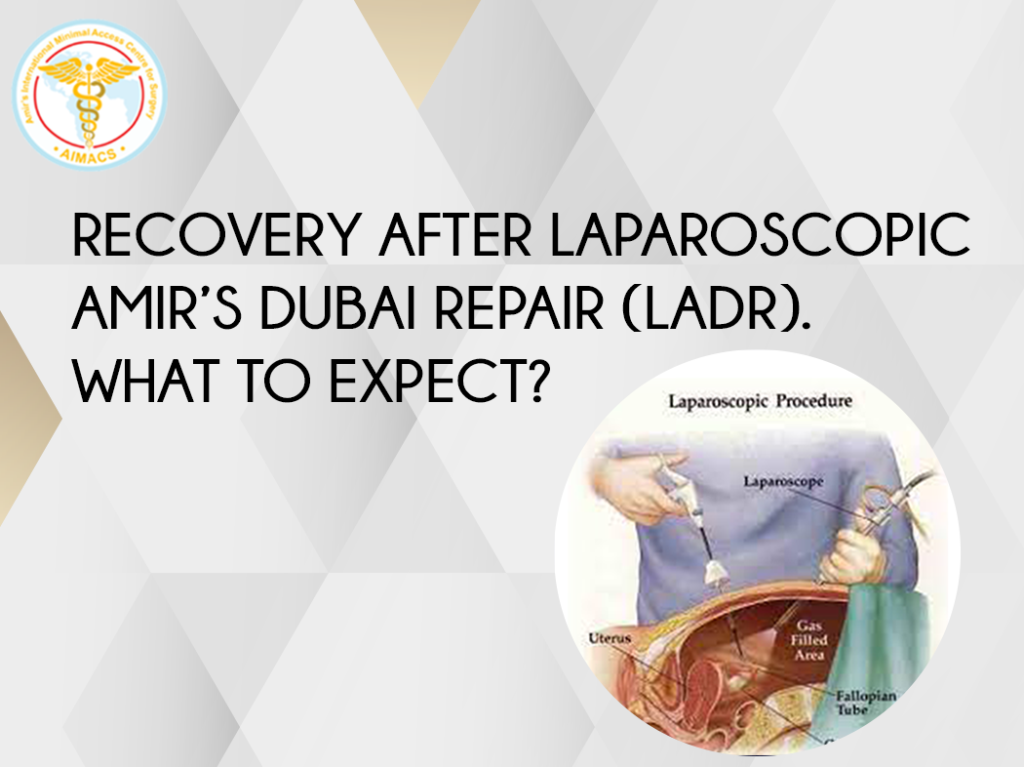
Author has 30 years’ experience of Laparoscopic surgery. He is a teacher and trainer in United Kingdom, Europe, Middle East and Asia in Gall Bladder disease surgery
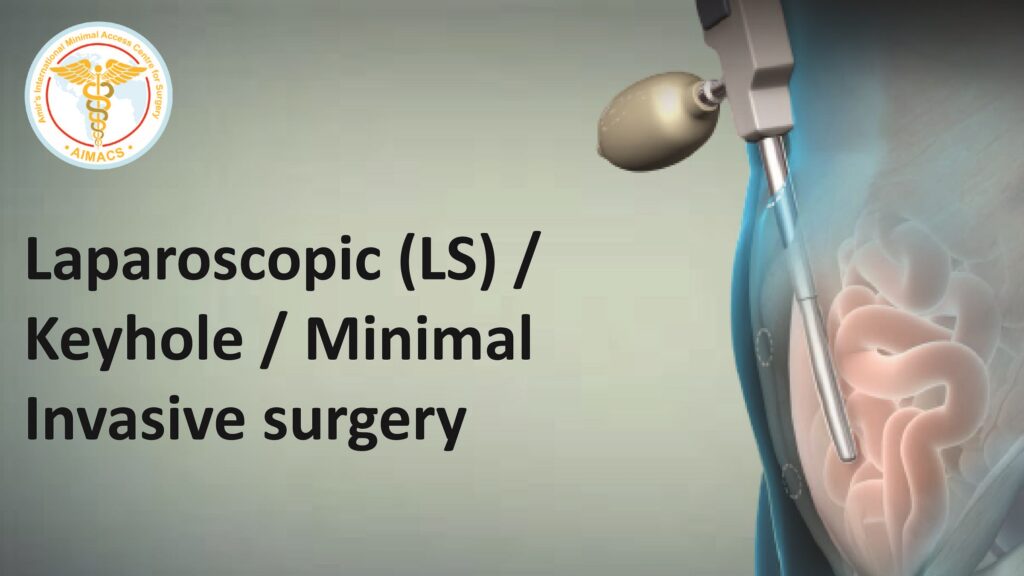
Laparoscopic (LS) / Keyhole / Minimal Invasive surgery
Laparoscopic / Keyhole / Minimal Invasive surgery allows a patient to have an operation similar to open surgery (or even a better operation with much smaller incisions/ cuts on the skin and through the muscles. Recovery is quicker after Laparoscopic surgery than open surgery.
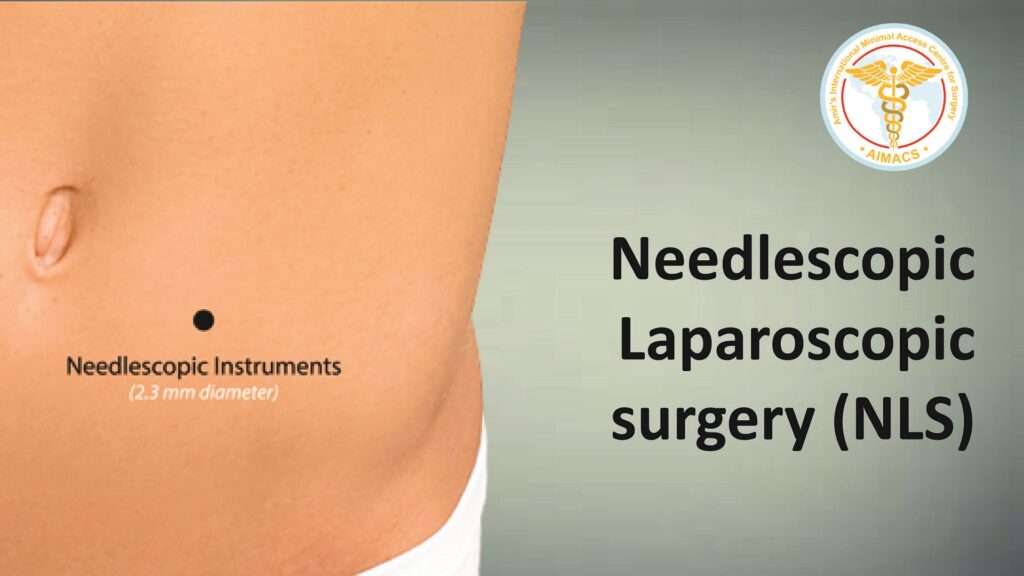
Needlescopic Laparoscopic surgery (NLS)
In Needlescopic Laparoscopic surgery (NLS) the cuts are even smaller than standard Laparoscopic surgery (LS). Needless to mention that recovery and cosmesis are much better after Needlescopic surgery than standard Laparoscopic surgery.
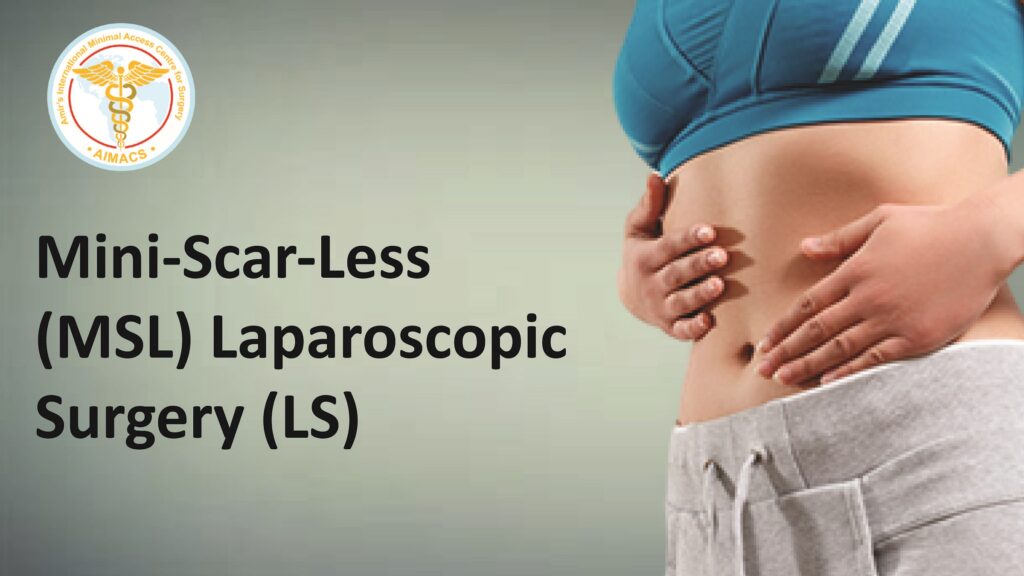
Mini-Scar-Less (MSL) Laparoscopic Surgery (LS)
Mini-Scar-Less (MSL) Laparoscopic Amir’s Dubai Repair (LADR) has set a new standard in terms of cosmesis and recovery, by far margin, better than the traditional Laparoscopic Surgery.
Surgeon’s Log 26 September 2020
Laparoscopic Amir’s Dubai Repair (LADR)
In this article we will list a patient’s expected recovery journey in most cases after standard Laparoscopic Nissen’s Fundoplication. There may be variations and one will need to be mindful of variations in recovery and should not hesitate consulting the operating surgeon.

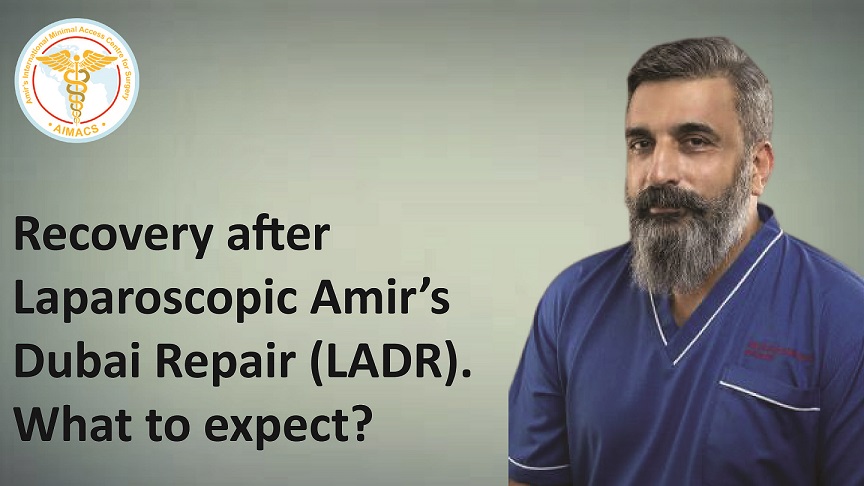
Bariatric surgery/ weight loss surgery for Obesity / Metabolic Syndrome surgery has been done for decades. The journey from wiring of the patient’s teeth of the two jaws together to the modern laparoscopic / keyhole options for weight loss had had its rewards and failures.
The number of options or operations to tackle one disease like obesity means that none is perfect and the jury is still out.
While looking at the end point of weight loss surgery in terms of success is weight loss without complications is very optimistic in most cases. The small percentage of cases who develop some complications can also be dealt with effectively with corrective surgery. However the answer to one complication has disturbed the Bariatric surgeons globally; Reflux (GORD / GERD) after bariatric surgery; Laparoscopic Proximal Gastric Bypass Surgery (LGBP) or Laparoscopic Sleeve Gastrectomy surgery (LSG). There has been no effective answer to it until 2018. Professor Amir Nisar’s innovation “Amir’s Dubai Repair” is a safe and feasible option and has helped some patients to recover from this complex complication and somewhat and maintaining their weight loss as well without any major resectional re-do surgery.
Probably Professor Amir Nisar’s expertise and understanding of the anti-reflux surgery and bariatric surgery and divine help, helped him to find a relatively simple solution for this complex issue in the form of Amir’s Dubai repair.
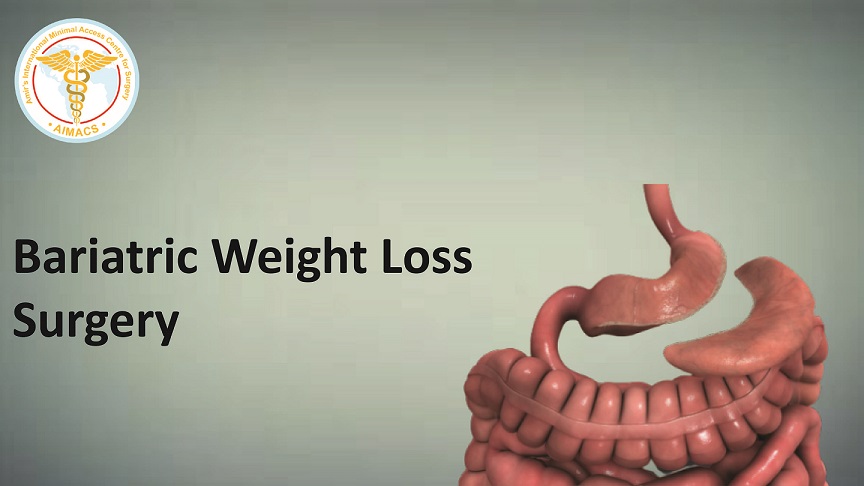
Standard Laparoscopic Amir’s Dubai repair surgery typically has an approximate operative time of 105 minutes under general anaesthetic. Being re-do surgery means that at times, the operative time may be longer depending to the scarring inside abdomen.
For relatives the overall time seems much longer. Patient’s journey to theatre includes, going down to the receiving are in theatre (5-30 minutes stay), anaesthetic time in theatre (10-30 minutes), Positioning of patient and theatre set up (5-15 minutes in theater), Extubation / bringing the patient out of anaesthesia (5-30 minutes), Observation in recovery area (15-45 minutes).
Overall time spent in theatre complex is 60 – 180 minutes excluding operating time. Once patient returns to the ward, he/she still remains sleepy / woozy despite being awake and communicable for another hour or two; depending on the type of anaesthesia and pain killers administered during and after surgery.
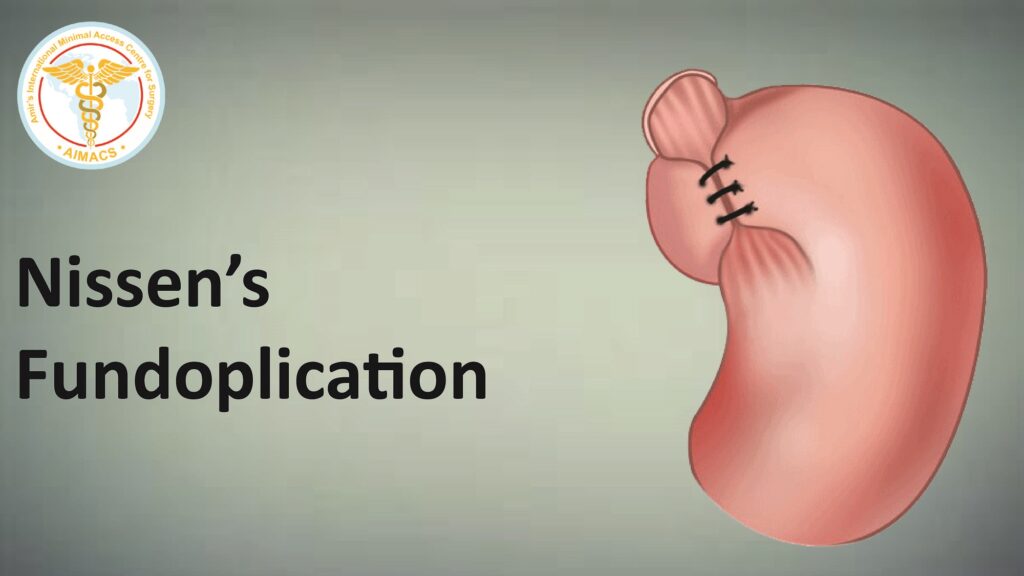
The other parameters for recovery are as follows:
- To commence drinking and eating
Generally, 1-2 hours after returning to the ward. One is awake and starts with sips building up to free fluids and diet in a few hours.
- Mobilisation
Within an hour or two, building up to walking to wash room with supervision and support within four hours. Walks in corridors can be commenced after 6- 8 hours. Sitting on chair outside bed is preferred and recommended. Early mobilisation helps to reduce the post-operative shoulder (mostly left) tip pain post-surgery.
3. Post-operative pain
a) In an ideal world the pain should be 0/10. However realistically one can expect pain scores of 1-3/10 after Laparoscopic Nissen’s Fundoplication. Pain is generally in the right upper abdomen or the shoulders (especially right shoulder), but can be present in the right shoulder too. AT times one experiences pain in the upper middle back (area of repair of diaphragm).
b) One expects to have pain and discomfort for 4-6 days after surgery and requires regular pain killers for this period. After this period, if one gets any further pain then they can continue taking pain killers for longer according to their situation.
c) Though a person is reasonably comfortable by the end of first week, however, one can expect slight discomfort and at times pain for up to two weeks as one increases the activity while the healing is still going on in the body. Very few people may feel pain for up to three weeks or longer.
4. Opening bowels/going to the toilet
Passing water/urine commences within a few hours after surgery. One will pass flatus /wind from the day of surgery or one day afterwards. Bowels will generally open day 2-5 after surgery.
On is likely to get constipated because of eating less during this period and getting constipation causing pain killers after surgery. In cases of known history of constipation or not opening bowels after surgery, taking laxatives is advisable. Any laxatives that a patient is familiar with or the surgeon advising, will suffice.
A patient after Laparoscopic Nissen’s Fundoplication getting sudden left sided abdominal pain 4-5 days surgery generally has faecal loading and constipation. If worried, then medical advice from surgeon should be sought.
5. Discharge home/ stay in hospital
Generally, in Dubai, United Arab Emirates we keep the patients in the hospital for 2-3 nights after this surgery.
If there were any complications including conversion to an open operation during surgery or any observation of a problem needing addressing, one may need to stay in longer.
6. Dietary restrictions
It is very similar to Laparoscopic Anti Reflux Surgery for GORD / GERD. There are some dietary restrictions. One is advised to slowly build up to normal diet over 6 weeks period after surgery. One starts from liquids from the day of surgery to sloppy diet one day post operatively. Detailed advice is provided to the patients and they are reviewed by the dietician after surgery.
The general advice is to:
- Take small bites
- Chew well
- Eat slowly
- Small portion sizes
- To avoid hard red meet or slice of bread for the first 2 weeks
Now a days we rarely chew; we just gulp our food! Fast pace of modern
life!! A good number of patients miss one or more of the points mentioned above; only to learn their lesson and not to repeat the mistake.
One can expect to be 90% back to normal in 4 weeks after surgery and 100% back to normal after 6 weeks to 3 months, in terms of swallowing.
Our advice to patients after the surgery is to start focusing on their weight loss efforts. Discipline in diet with the new restriction after Amir’s Dubai repair and satiety offers them another chance and a good shot at weight loss in most cases, though the primary goal of Amir’s Dubai repair is to cure reflux without changing the weight loss operation from the primary to a more radical operation.
7. Road travel restrictions
One can travel for reasonable distance by road on the day of surgery or the day afterward. Longer and bumpy journeys can cause discomfort but do not interfere with surgery or its outcome.
8. Return to light exercise
From the day after surgery with light walks, but being sensible and slowing down or stopping if one feels pain or discomfort.
9. Return to moderate exercise
From 4-5 days after surgery onwards, once the patient is off the painkillers. Excluding core exercises and those exercises requiring to hold breath and strain; like over head presses with weights, dead lift or pulling a bus or a plane!
10. Return to heavy exercise
From 6 weeks onwards, while listening to the body’s recovery and slowing down if uncomfortable, before it becomes painful. Different people will have different recovery times in accordance with their pain thresholds. Be sensible and do not cause yourself pain and discomfort.
11. Return to driving
Generally, when one is pain free and can focus on driving and road safely with a safe margin. Its variable and can be 4- 7 days after surgery with no complications. Insurance companies may not cover if one drives too early after surgery, while having pain.
12. Return to swimming
In the sea after 1 week
In the pool after 2 weeks
13. Return to air travel
Withing 2-5 days after surgery
14. Return to work
“After a day if you are self-employed; after 6 months if you are a civil servant”, is what I told my patients in United Kingdom.
Probably allowing 2 weeks after surgery will suffice in most cases. If in doubt then consult with your doctor.
